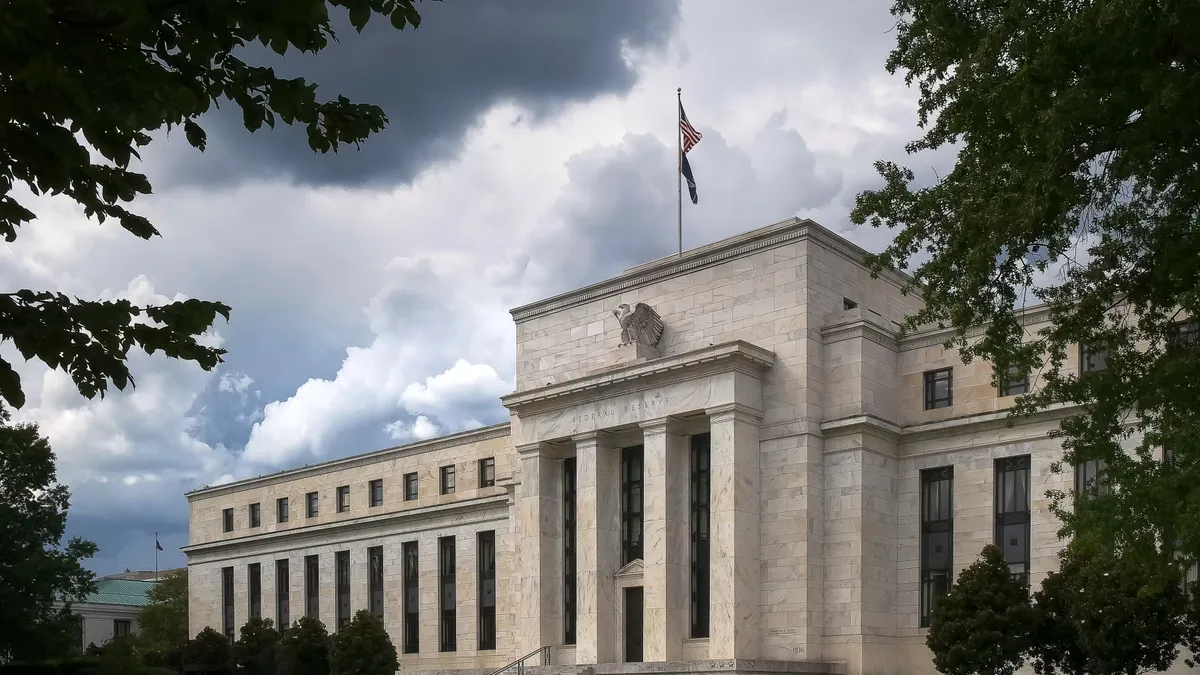The 33 largest U.S. banks maintain strong enough capital levels to weather a severe recession and continue lending to businesses and households despite substantial losses, the Federal Reserve Board said in releasing the results of its latest annual bank stress test.
This year’s test was more demanding than last year’s, as banks have largely bounced back from the rocky days of the coronavirus pandemic that began in early 2020. The most recent test factored in economic challenges like soaring unemployment and stress in commercial real estate and corporate debt markets. And with the threat of a recession now looming, the results are more salient than ever.
The test investigated a severely adverse scenario in which unemployment rises to 10%, GDP declines in tandem, commercial real estate prices drop 40%, home prices dip 28.5% and stock prices plummet 55%.
All of the banks put to the test were forecasted to maintain their minimum capital ratios in spite of projected losses of $612 billion, propelled by $463 billion in loan losses and $100 billion in trading and counterparty losses.
In such a scenario, the banks' aggregate common equity capital ratio would be expected to decline 2.7 percentage points to 9.7%. The regulator says that level would be more than double the minimum requirement of 4.5%.
The bank expected to suffer the most in the event of a severe recession was Huntington, with a 6.8% ratio, while on the other end of the spectrum Deutsche Bank US was well capitalized with a ratio of 22.8%.
The Fed tested 34 firms but only posted results for 33, striking MUFG from the list in light of “accounting reclassifications” brought on by the bank’s tie-up with U.S. Bank.
"Today’s stress test results from the Federal Reserve show that the nation’s largest banks remain well positioned to absorb a range of potential economic shocks while continuing to support their customers, clients and communities,” said Rob Nichols, president and CEO of the American Bankers Association, in a statement. “The industry’s strong balance sheets and high capital levels ensure banks can make the loans that drive our economy even if they face substantial headwinds.”
The question remains, however, exactly how much capital banks will be able to dish out to shareholders in the form of buybacks and dividends, after stress capital buffers increased for large firms.
According to Morgan Stanley analysts led by Betsy Graseck, JPMorgan Chase, Bank of America and Citigroup will each need to “keep dividends flat, eliminate buybacks and cut” trading assets, CNBC reported.
That projection is bad news for shareholders who may be counting on buybacks to fatten their wallets as bank stocks continue to falter in 2022.
Banks are anticipated to disclose their plans for buybacks and dividends Monday.















